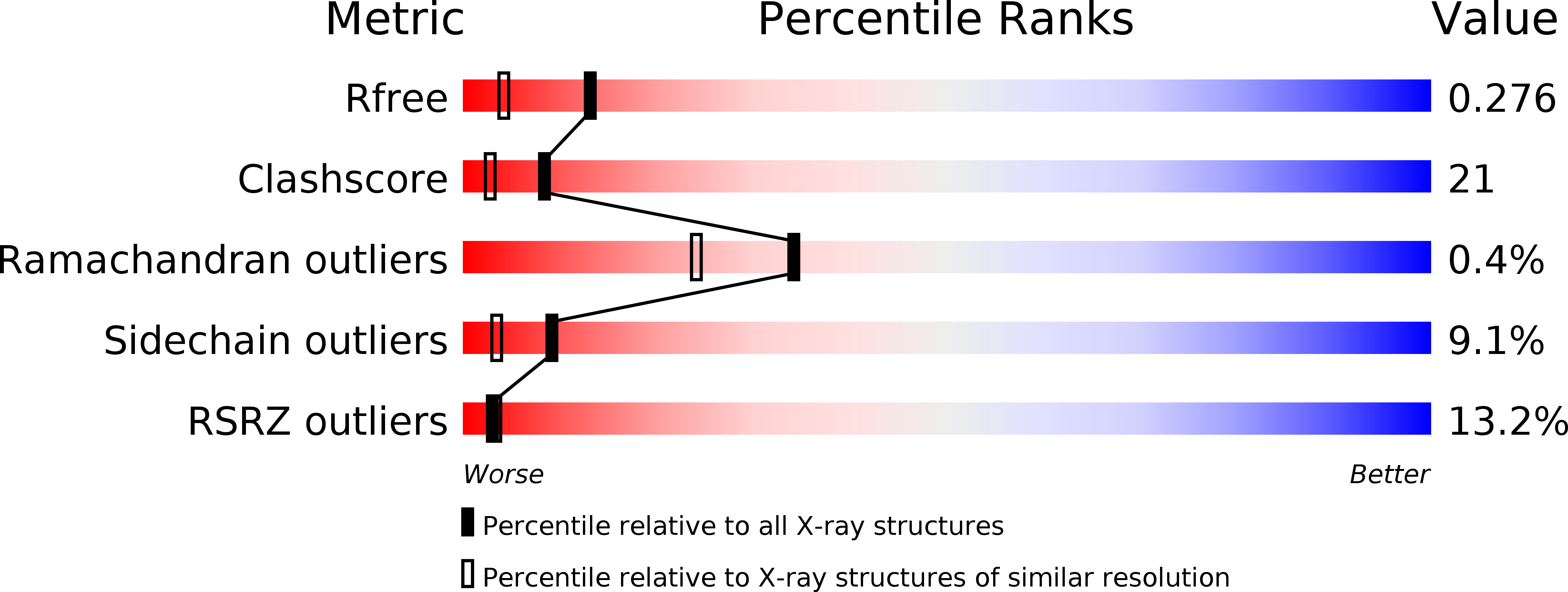
Deposition Date
2006-06-07
Release Date
2007-06-19
Last Version Date
2024-10-16
Entry Detail
PDB ID:
2H8I
Keywords:
Title:
Crystal Structure of the Bothropstoxin-I complexed with polyethylene glycol
Biological Source:
Source Organism:
Bothrops jararacussu (Taxon ID: 8726)
Method Details:
Experimental Method:
Resolution:
1.90 Å
R-Value Free:
0.27
R-Value Work:
0.22
R-Value Observed:
0.22
Space Group:
P 31 2 1


